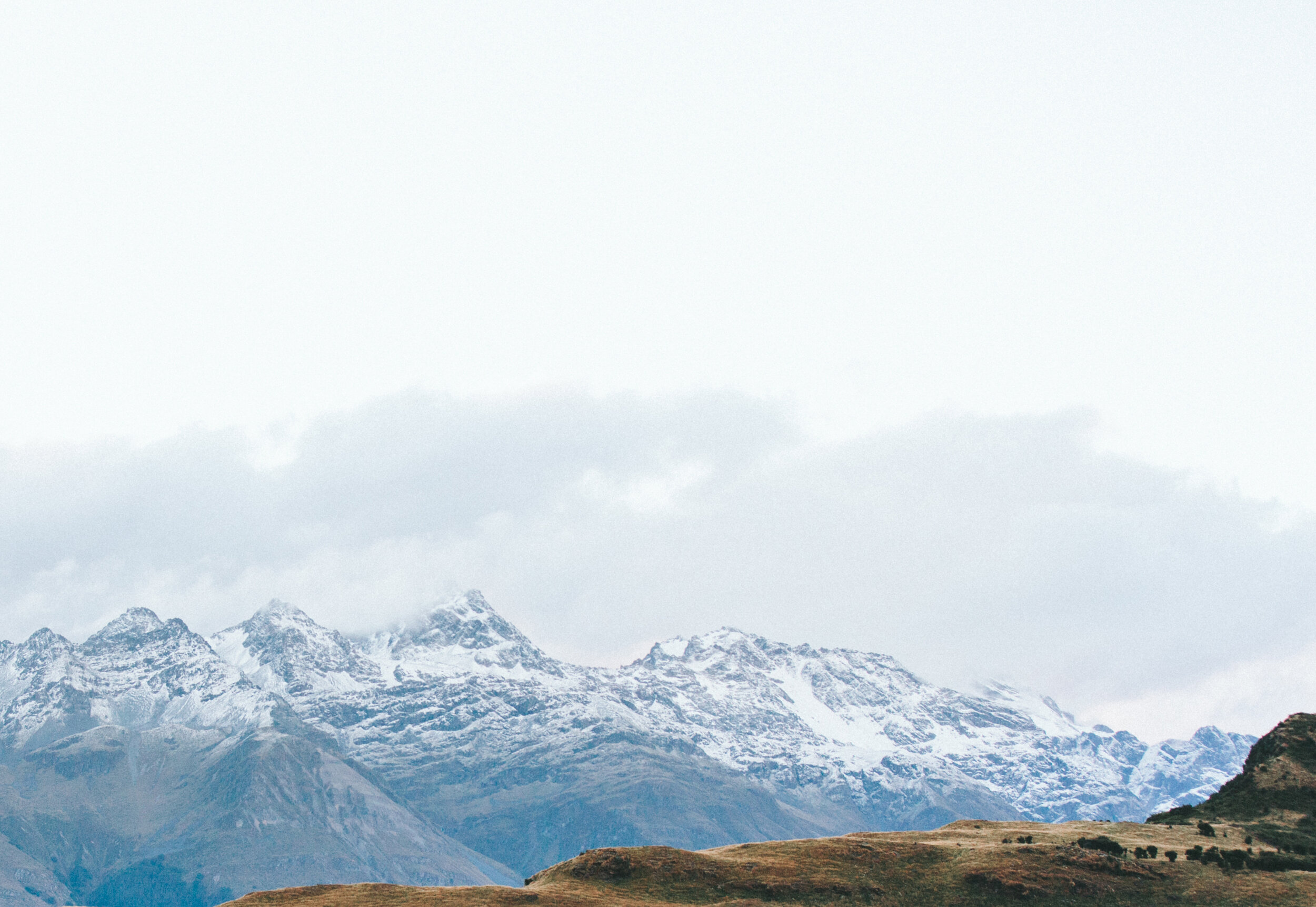
Black Bell Project
California Route 66
The Bells
Here is a quick list of businesses that already have our commemorative Bells. Follow this link and help support historic 66 businesses.
The Map
Click the button below and follow the bells from the desert to the beach. Enjoy coveted historical places, great local food and California scenery as you go.





